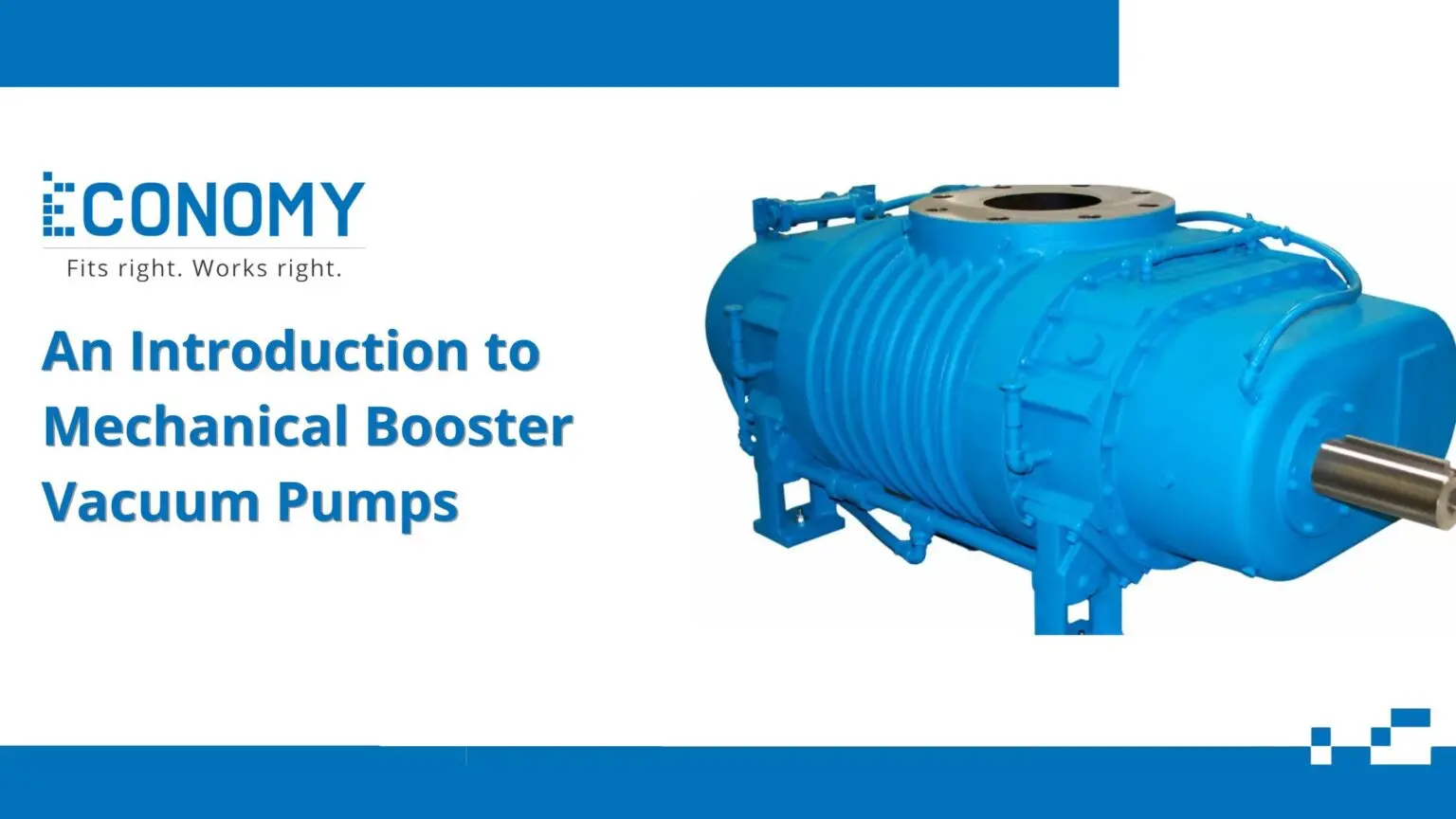What Is A Mechanical Booster Vacuum Pump?
A mechanical booster vacuum pump, often referred to simply as a booster pump, is an integral component within vacuum systems, particularly those requiring a high vacuum environment. At its core, a mechanical booster pump is designed to enhance the performance of a primary vacuum pump by increasing the overall pumping speed and efficiency without significantly affecting the ultimate pressure achieved by the system.
Mechanical booster pumps typically operate using a pair of synchronized rotors, often in the shape of lobes, which rotate within a specially designed casing. These rotors do not come into contact with each other or the casing, allowing the pump to handle large volumes of gas without the risk of contamination or wear due to friction.
Mechanical booster vacuum pumps operate by capturing gas molecules during rotation and then transporting them from the inlet to the outlet. This process effectively reduces the pressure on the inlet side, thus enhancing the evacuation process. The pumps are generally used in tandem with a backing pump, such as a rotary vane or screw pump, because they perform optimally when the entry pressure is within a certain range, typically medium to low vacuum.
The booster pump increases the throughput capacity and decreases pumping time, acting as a multiplier for the overall vacuum system.
The advantages of using mechanical booster vacuum pumps are significant in various industrial and scientific applications. Their ability to improve efficiency and performance of the vacuum process makes them valuable in applications where large volumes of gases need to be efficiently transported, and low pressures must be quickly achieved. Mechanical booster vacuum pumps are known for their durability and reliability, making them suitable for continuous operation under demanding conditions.
How Does A Mechanical Booster Vacuum Pump Work?
A mechanical booster vacuum pump, often referred to as a roots blower, operates by employing positive displacement principles that allow it to efficiently pump gas from a vacuum system. The pump consists of two interlocking rotors within a casing that rotate in opposite directions. These rotors are shaped like figure eights and carefully synchronized. As the rotors turn, they trap pockets of gas between the rotor lobes and the casing, and convey the trapped gas from the inlet to the outlet of the pump.
The operation starts when the rotors begin to spin, creating a series of precisely timed movements that sweep around the chamber, effectively pushing the gas toward the exit valve of the pump without compressing it inside the housing. The design is such that at no point are the rotors in contact with each other or the housing, ensuring minimal wear and no need for lubrication within the pumping chamber, which can otherwise contaminate the process.
The pressure differential between the inlet and outlet drives the movement, though the pump itself does not create compression. Instead, it needs to work in conjunction with a backing pump that manages the compression stage and expels the gas. By doing this, mechanical booster pumps can achieve faster pumping speeds and help maintain low-pressure environments due to their high volumetric displacement efficiency.
Moreover, How Does a Mechanical Booster Vacuum Pump Work? – the pumps are designed to operate at high rotational speeds, allowing them to handle large volumes of gas effectively, covering a wide range of pressures from atmospheric level down to very low vacuum levels. The ability to maintain consistent performance over varying pressure conditions and gas loads makes them indispensable for processes demanding high pumping capacity and rapid evacuation. This predictable and efficient performance results in an integral role in achieving the desired vacuum environment in various industrial and scientific applications.
Advantages Of Using Mechanical Booster Vacuum Pumps
Mechanical booster vacuum pumps offer several unique advantages that make them a valuable asset in various industrial and scientific applications. One of the primary benefits of using mechanical booster vacuum pumps is their ability to handle large volumes of gas at relatively low pressures, significantly enhancing the overall efficiency of a vacuum system. These pumps are specifically designed to operate in conjunction with primary vacuum pumps, such as rotary vane or rotary piston pumps, to quickly reach a desired vacuum level.
By increasing pumping speeds and reducing the time required to attain lower pressures, mechanical booster pumps streamline operations and improve productivity.
Another notable advantage of mechanical booster vacuum pumps is their inherent efficiency and energy-saving capabilities. By reducing the workload on the primary vacuum pump, these booster pumps minimize energy consumption, leading to reduced operational costs and extended lifespan of the entire vacuum system. Additionally, their robust design ensures reliable operation even in demanding environments, which increases service intervals and further enhances cost-effectiveness.
Typical Applications For Mechanical Booster Vacuum Pumps
Mechanical booster vacuum pumps are pivotal in industries and applications that require enhanced vacuum capabilities. These pumps are particularly well-suited to environments where rapid evacuation is necessary to achieve deeper vacuums. One of the most common applications is in the field of semiconductor manufacturing. During the production of semiconductors, various processes such as chemical vapor deposition, sputtering, and plasma etching require low-pressure environments to ensure high-quality end products.
The mechanical booster vacuum pump assists in maintaining the necessary vacuum levels by quickly reducing the pressure during these operations, thereby increasing process efficiency and yield.
Similarly, in the pharmaceutical industry, these pumps play a crucial role in processes like freeze-drying or lyophilization. This process removes solvents from pharmaceutical products, preserving their stability and viability. The mechanical booster pump supports these processes by accelerating the reduction of pressure in the drying chambers, increasing the overall speed of production while maintaining product integrity.
